In Cuba's vibrant music scene, legends have been forged that have transcended borders, carrying with them the richness and passion of Cuban music. From the iconic melodies of son and bolero to innovative contemporary fusions, the island has given life to countless genres and styles. In this article, we will explore in depth some of the greatest exponents that have left an indelible mark on the sound history of Cuba. From the masters of trova to the ambassadors of feeling and jazz, we will discover the voices and creations that have contributed to the cultural wealth of the Caribbean island, thus marking their place as true titans of Cuban music.
Sindo Garay (1867-1968)
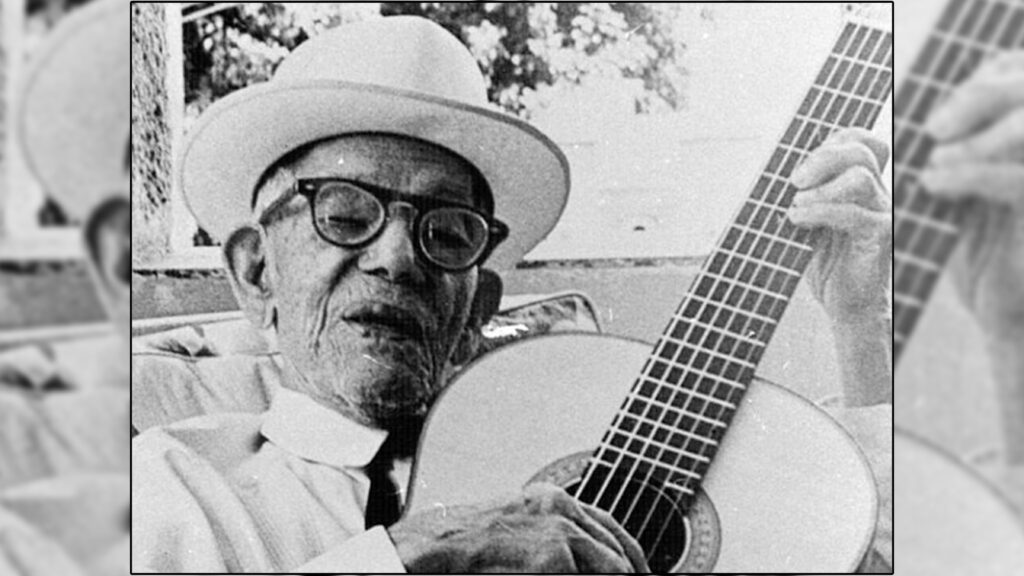
Antonio Gumersindo Garay, affectionately known as Sindo Garay, always walked around with a guitar in his hands, personifying the faithful image of a troubadour. It is said that he held his guitar until his last days.
Over the course of a century of life, Sindo Garay left an impressive musical legacy with the composition of almost 600 songs. His voice resonated as a narrator of the Cuban landscape, paying tribute to our land and our women. In his lyrics, we find one of the most exceptional musical representations of our Cuban identity.
Furthermore, renowned artists such as Federico García Lorca, Silvio Rodríguez and Ernesto Lecuona did not hesitate to praise the artistic value of this outstanding exponent of our music. Sindo Garay, with his guitar and his compositions, endures as a fundamental pillar in the rich Cuban musical tradition.
He popularized topics such as:
- La Bayamesa
- Perla Marina
- Amargas verdades
- La tarde
Miguel Matamoros (1894-1971)
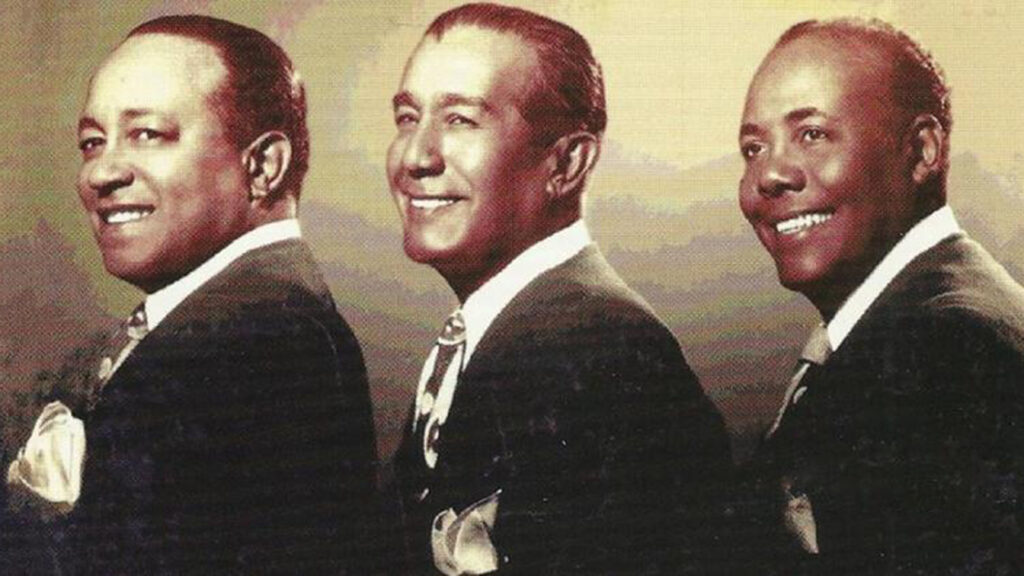
The masterful fusion of oriental sounds and troubadour lyrics finds its perfect expression in the voice of Miguel Matamoros, the founder of the legendary Trío Matamoros, which also featured the outstanding participation of Rafael Cueto and Siro Rodríguez. This iconic trio elevated the bolero-son and son montuno, achieving considerable popularity not only on the Island, but also internationally. The “son matamorino” has left its mark as a symbol of what is Cuban, representing the most authentic and deep-rooted aspects of our land in the musical field.
His repertoire transcends with songs such as:
- Lágrimas negras
- Mamá, son de la Loma
- Olvido
Rita Montaner (1900-1958)
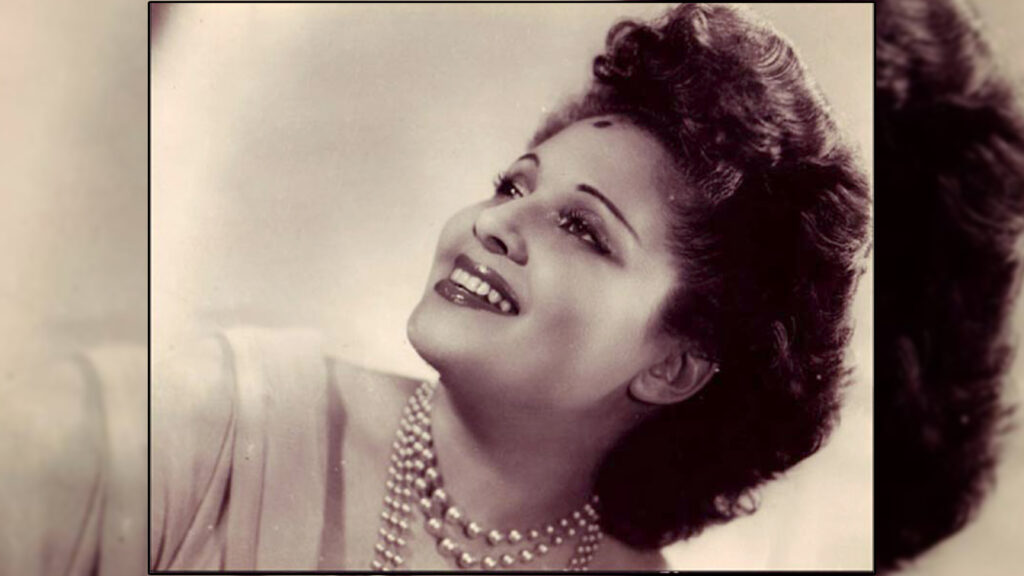
Rita Montaner not only stood out as one of the best Cuban singers, but she also established herself as an extremely complete artist. Her influence spanned theater, film, television and radio, establishing her as the first female singer to resonate on Cuba's radio waves. Many of her recognize her as a musical legend, both for her powerful voice and her mastery at the piano.
His talent and versatility transcended the borders of the island, leaving a significant mark on stages in Mexico, the United States, Spain, Argentina, Venezuela and France. Rita Montaner, the "Rita of Cuba", not only brought Cuban musical wealth to various corners of the world, but she also became an unmatched cultural ambassador.
His repertoire transcends with songs such as:
- El manisero
- Carabalí
- La lanchita
- Quirino con su tres
Compay Segundo (1907-2003)
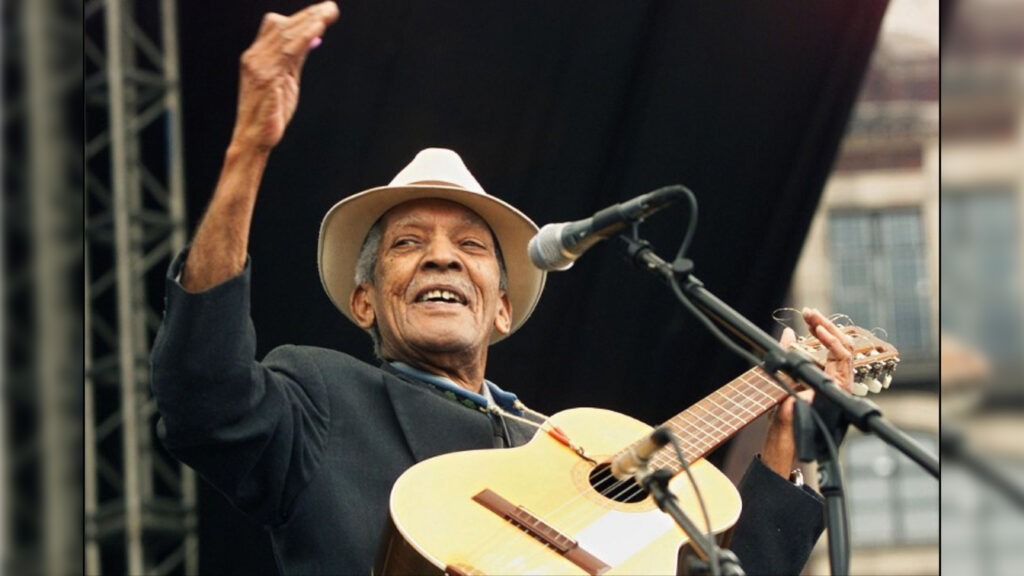
Máximo Francisco Repilado Muñoz, known as Compay Segundo, appears as an undisputed legend in the Cuban music scene. Maintaining a devotion to the traditions of the troubadours of Santiago's clubs and gatherings, Compay Segundo built an artistic career that spanned several decades, eventually holding the title of the oldest troubadour in the world.
In the 90s, his music emerged as a vindication of old trova and traditional son, standing out for his participation in the album "Buena Vista Social Club", worthy of several Grammy awards. This project represented a decisive boost for the international projection of the talented Cuban singer. Compay Segundo, with his unmistakable contribution to the preservation and revitalization of Cuban musical roots, left an indelible mark on the world stage.
His repertoire transcends with songs such as:
- El cuarto de Tula
- Guajira guantanamera
- Dos gardenias
- Chan Chan
Barbarito Diez (1909-1995)
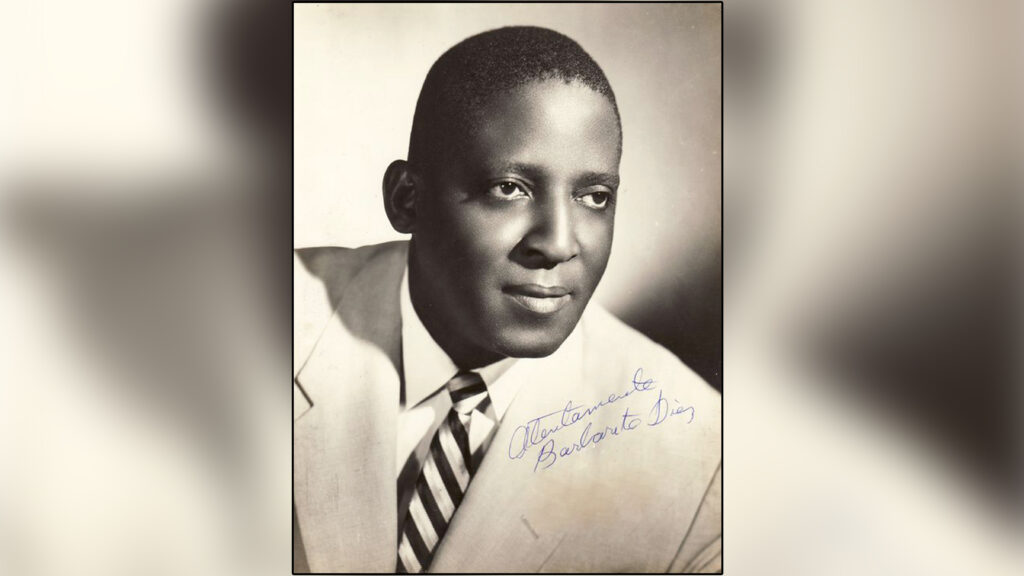
He stands out as one of the best Cuban danzón performers, being an unmistakable reference in the romantic side of the island's music. At the time, his bearing and education were objects of admiration, and his clear voice and impeccable intonation earned him the recognition that still exists: “Golden Voice of Danzón.” Barbarito distinguished himself in the Cuban musical scene for his innate talent, since he did not come from any formal musical school, imposing himself on stage with his natural ability.
Among his best-known interpretations are:
- Capullito de Alhelí
- Las perlas de tu boca
- Te quiero dijiste
- Caballo viejo
Bola de Nieve (1911-1971)
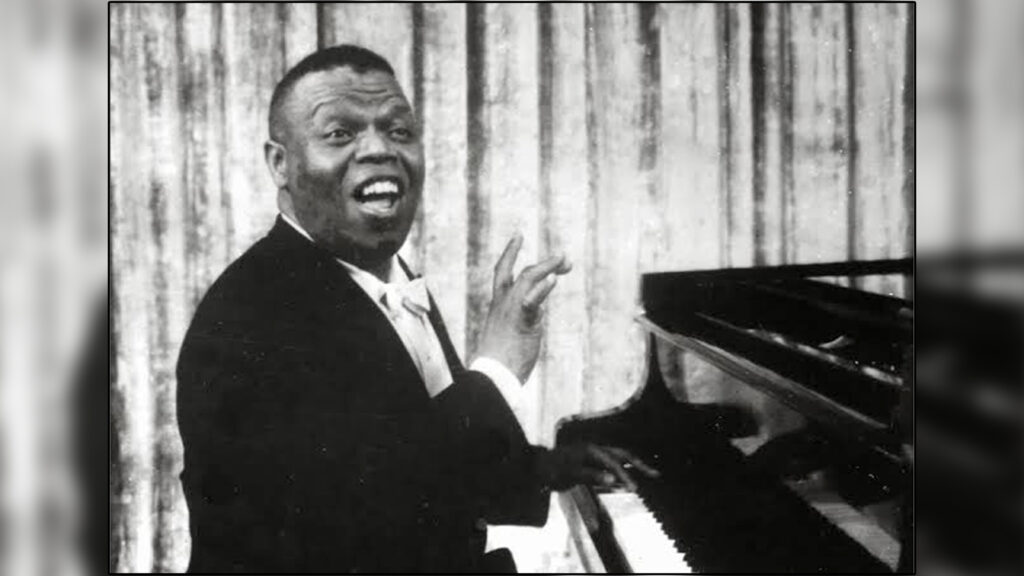
Ignacio Jacinto Villa Fernández, universally known as Bola de Nieve, stood out as one of the most prominent musicians of the 20th century in Cuba. Initially recognized for his skill as a pianist, he evolved to fame as an appreciated performer of popular songs.
His distinctive voice, remarkably high-pitched, conveyed an unmistakable intimacy in each melody. Bola de Nieve explored the richness of different languages, from French and English to Italian, Portuguese and even Catalan. His originality transcended borders and his reputation spread throughout Europe, establishing him as a globally recognized figure on the music scene.
His extensive musical repertoire includes famous songs such as:
- Si me pudieras querer
- Ay Mamá Inés
- Duerme Negrita
- Negro bembón
- Motivos de Son
Song “Ay Mama Inés” by Bola de Nieve
Dámaso Pérez Prado (1916-1989)
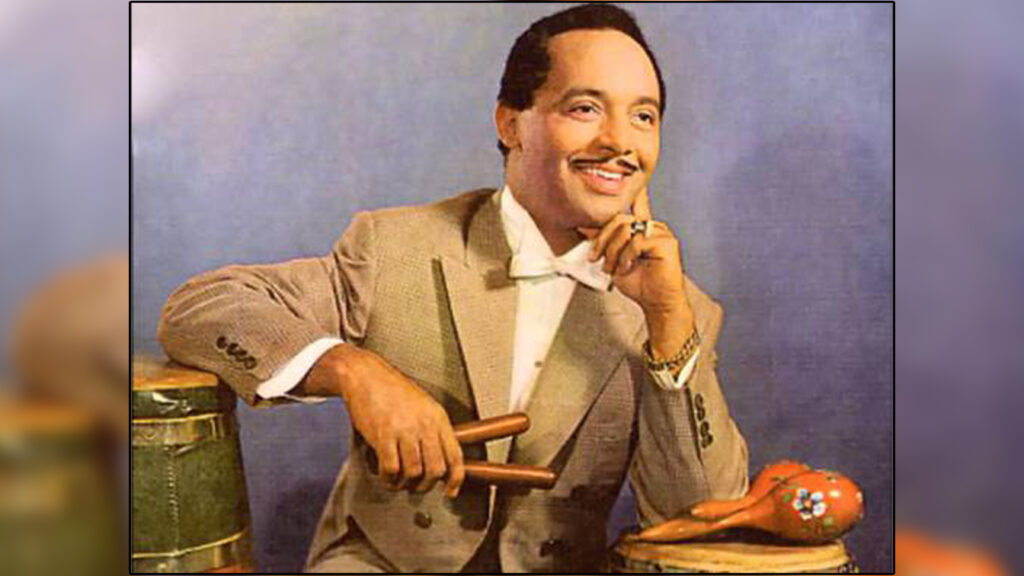
No one could take away the title of “mambo king” from this singer, musician and composer originally from Matanzas. This prominent artist contributed significantly to the Cuban music scene, playing a crucial role in the universalization of the mambo. Pérez Prado not only revitalized various musical rhythms, but also introduced a wide range of instruments, such as the saxophone, trumpet, cowbell, flute and bass, among others.
His legacy endures as one of the main creators of famous Cuban songs, leaving an indelible mark on the history of music. He continues to be a fundamental figure in the evolution and dissemination of Cuban musical wealth worldwide.
His extensive musical repertoire includes famous songs such as:
- Rico, caliente y sabroso
- Qué rico el mambo
- Mambo No. 5
- Mambo del Politécnico
Benny Moré (1919-1963)
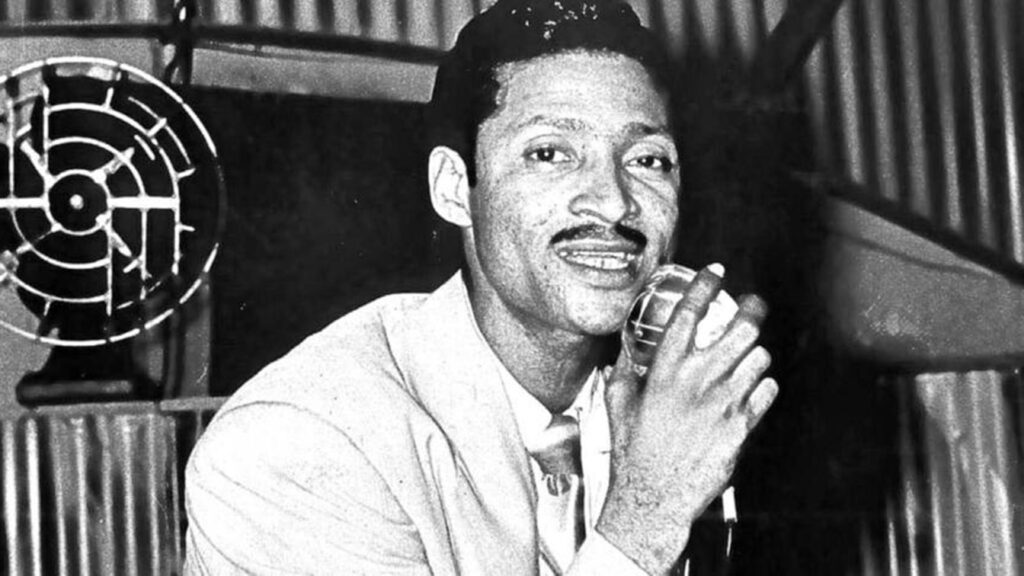
The iconic Benny Moré, one of the coolest Cuban voices and the monarch of nightlife, is without a doubt one of Cuba's most outstanding singers. His art is a unique amalgam that goes from the peasant party to the deepest roots of Afro music.
Benny embodies the perfect synthesis of cabaret, download, show; a contagious musicality that incites enjoyment. From his beginnings as a guajiro conqueror of Havana, armed only with a guitar and the knowledge acquired through self-taught, to becoming a monumental figure alongside his famous Giant Band. Benny Moré covered everything from composition, conducting and arrangements, to singing.
Benny Moré lived an extraordinary and fascinating life, captured in a film that stands out as one of the jewels of Cuban cinema, receiving recognition in both national and international festivals and being nominated for the Oscar award in 2007. Undoubtedly, it is a story and a music that deserve to be explored and appreciated in all their magnitude.
He popularized topics such as:
- Cómo fue
- Bonito y sabroso
- Cienfuegos
- Que bueno baila usted
César Portillo de la Luz (1922-2013)
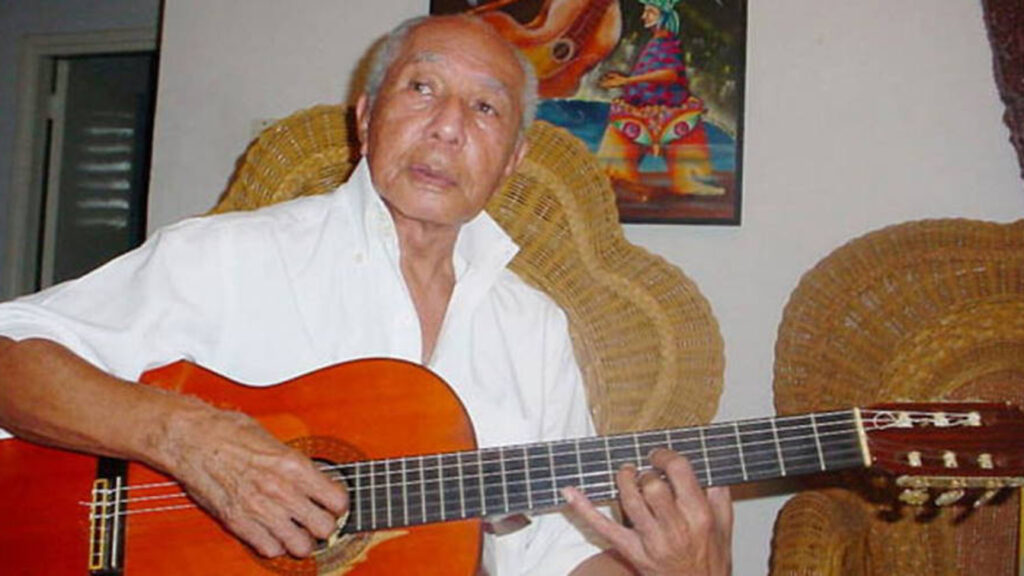
In the 1940s, César Portillo de la Luz stood out as one of the pioneers of the Feeling Movement in Cuba, a Cubanized bolero style with jazz influences. His compositions have transcended borders and have been performed by prominent national and international artists, including names such as José José, Plácido Domingo, Cristian Aguilera and Caetano Veloso, among others.
Some of his greatest successes were:
- Contigo en la distancia
- Realidad y fantasía
- Tú mi delirio
- Noche cubana
Celia Cruz (1925 – 2003)

She was a salsa music singer and one of the most influential figures in Latin music. She began her career in Cuba in the 1940s with the famous Sonora Matancera orchestra, but her rise to fame was cemented after moving to the United States in 1960.
Throughout her career, known as the “Queen of Salsa,” she released more than 75 albums and 800 songs. She received countless awards throughout her career, including 23 gold records and 5 Grammy Awards, collaborating with numerous artists. In 1994, she received the National Medal of Arts from then-President Bill Clinton, the highest recognition the United States grants to artists. She has a place in the International Latin Music Hall of Fame, a star on the Hollywood Walk of Fame to a biographical book and a soap opera in her honor. Her unique style, her powerful voice and her on-stage charisma made her one of the most beloved and recognized performers on the international music scene.
His repertoire of more than 800 songs includes songs such as:
- Quimbara
- Qué le den candela
- La negra tiene tumbao
- La vida es un Carnaval
- Ríe y llora
Elena Burke (1928-2002)
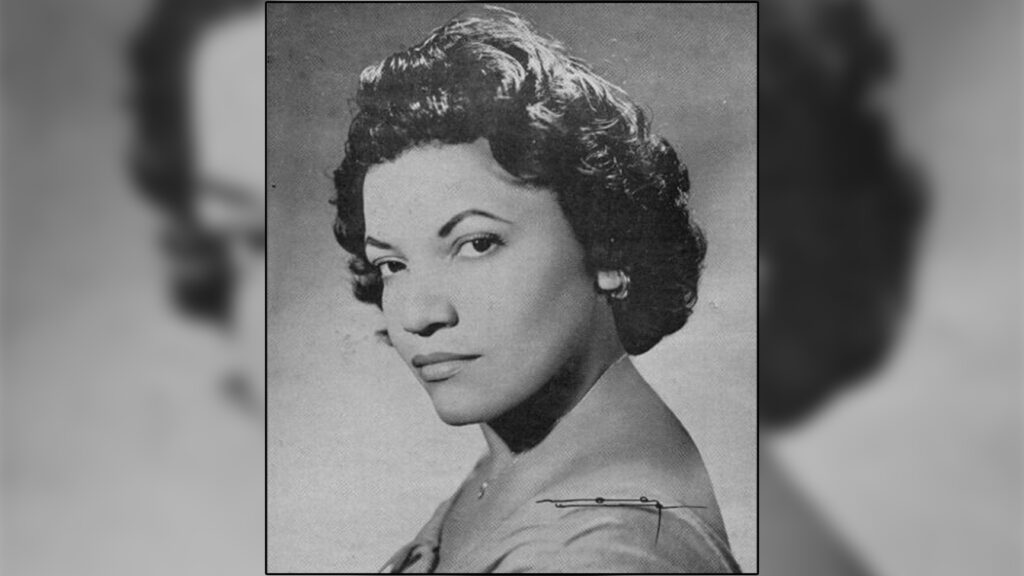
Affectionately known as "La Señora Sentimiento", she emerged as the greatest female representation of the Feeling Movement in Cuba starting in the 1950s. A passionate defender of love, she became an undeniable exponent of our rich musical tradition.
Before embarking on his successful solo career, he was part of prominent groups such as Las Mulatas del Fuego, the trio Las Cancioneras and the quartets Facundo Rivero, Orlando de la Rosa and Las d' Aida. His voice, with a wide range and versatility, resonated from television screens to vibrant nightclubs.
His repertoire transcends with songs such as:
- Ámame como soy
- De lo que te has perdido
- De mis recuerdos
- Lo material
Pablo Milanés (1943-2022)
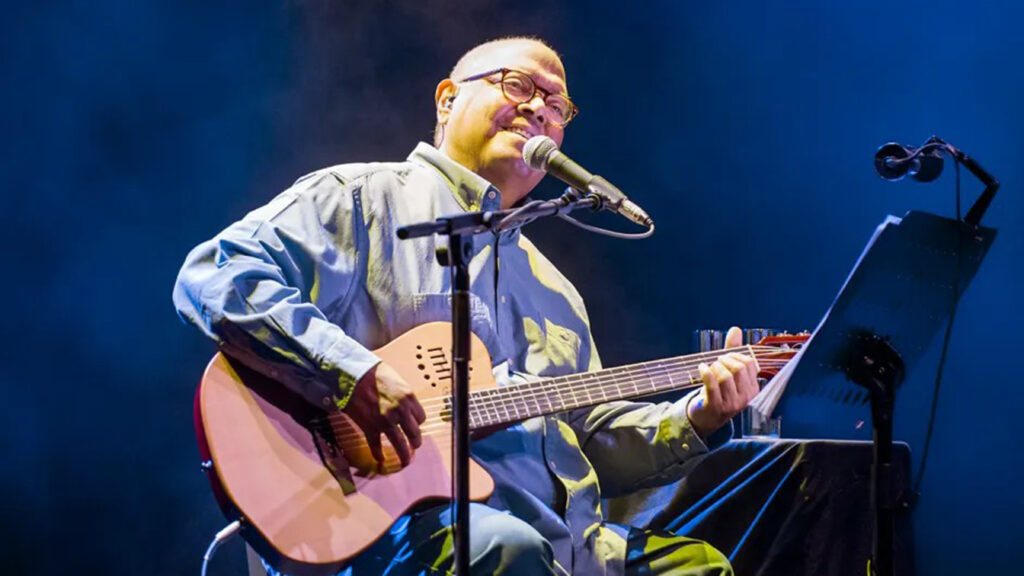
Pablo Milanés, prominent singer-songwriter and one of the founders of the influential Nueva Trova Cubana movement, is presented as the most romantic representative of this popular movement. His music, imbued with the characteristic sentiment of the “feeling” movement, becomes a unique fusion of tradition and musical innovation.
Considered both a guardian of certain traditions and a bold innovator, Pablo Milanés has experimented widely with diverse musical styles, including jazz, addressing themes ranging from romantic to protest. His artistic career, which spans more than four decades, is reflected in an extensive discography, as well as the accumulation of awards and recognitions at a national and international level. Pablo Milanés' songs have transcended borders, exploring almost every corner of the world and establishing him as an influential figure with a lasting impact on the music scene.
Some of his best-known songs are:
- Para que un día vuelvas
- Yolanda
- En breve espacio
- De que callada manera
- Yo no te pido
Silvio Rodríguez (n. 1946)
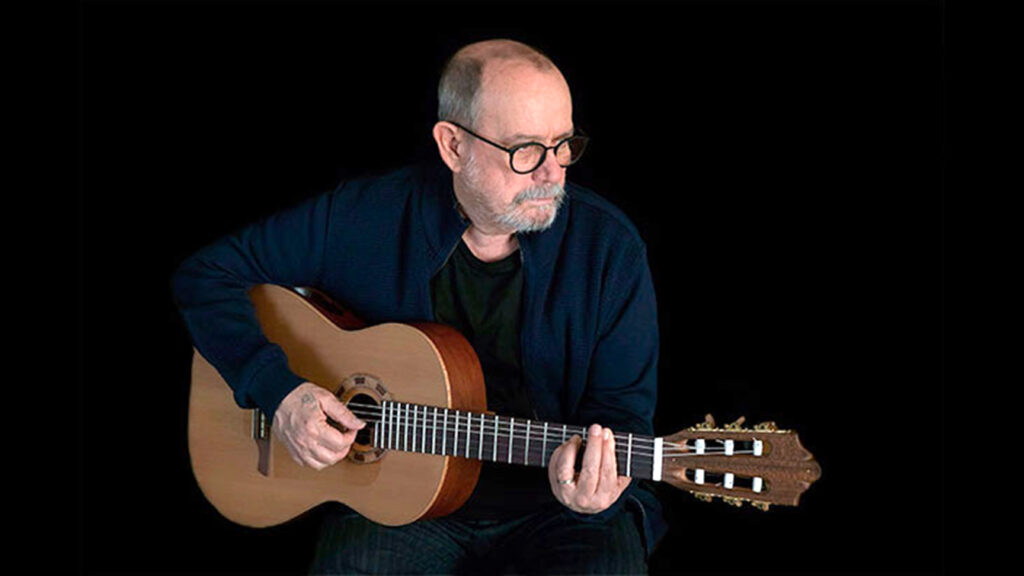
He is the voice of the Nueva Trova Cubana movement. This Cuban singer-songwriter stands as a renowned poet, widely admired by both his generation and those that follow. Always accompanied by his guitar, that faithful companion that encapsulates the troubadour essence, Silvio transcends artistic barriers.
His influence extends beyond poetic musicality, as his protest compositions have served as inspiration for social movements in Latin America. Silvio Rodríguez is not only a masterful performer, but also a committed spokesperson who uses his art as a means to address the social and political realities of his time.
His repertoire of almost 500 songs includes songs such as:
- Ojalá
- Quién fuera
- Unicornio
- El necio
- Te doy una canción
746 / 5.000 Resultados de traducción Resultado de traducción In conclusion, by exploring the greatest exponents of Cuban music, we immerse ourselves in a sound journey that reveals the diversity and depth of this rich musical heritage. From traditional rhythms that tell the island's history to avant-garde fusions that take Cuban music to new heights, each featured artist has left a unique and unforgettable mark. These musical masters, with their skill and creativity, have transcended time and borders, connecting listeners around the world with the authenticity and soul of Cuba. His legacy endures as an eternal testament to the Caribbean island's unparalleled contribution to the global music scene. We invite you to learn a little more about Cuban culture..
If you are planning a trip to Cuba soon we can help you with accommodation, we have a lot of cool hostels for you so you can contribute to the locals, take a look at this link:
Find us in

